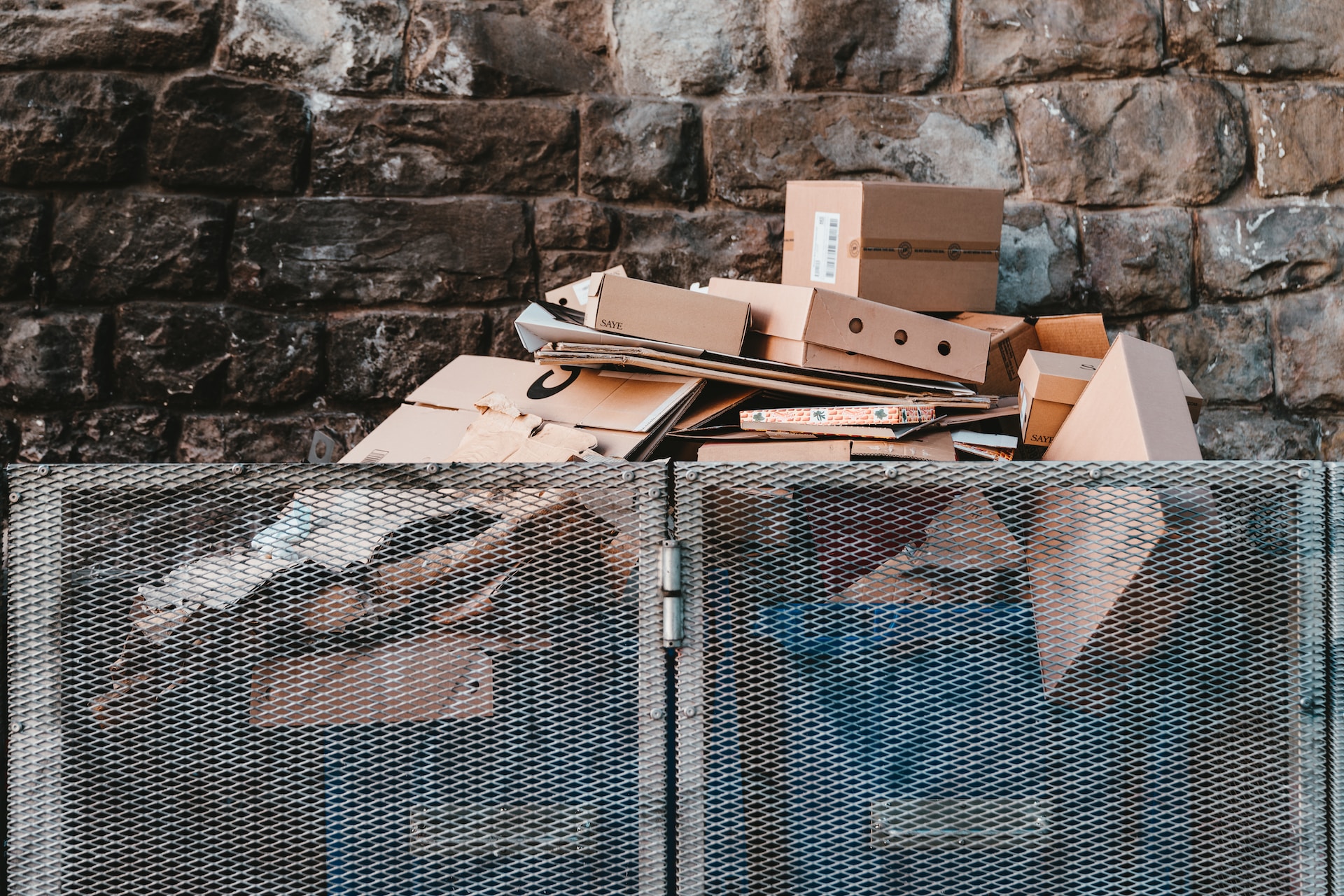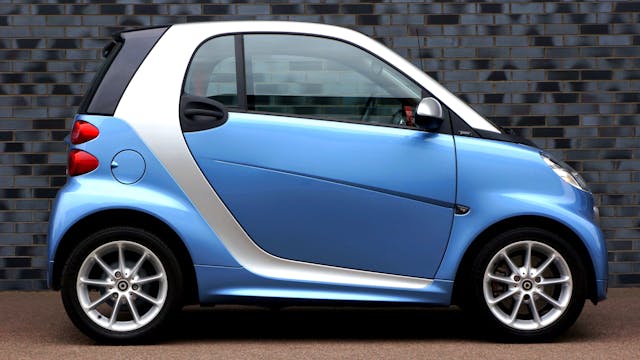Cardboard recycling is necessary for businesses that want to remain compliant with local regulations and save on disposal costs. In addition, it’s better for the environment.
Most towns have designated recycling bins or areas for cardboard. However, if you are not lucky enough to have curbside pickup, you must transport the cardboard to a recycling depot.
Contents
Reduces Greenhouse Gas Emissions
Cardboard recycling helps save natural resources and eliminates greenhouse gases that landfills or incinerators would otherwise generate. When cardboard isn’t recycled, it either ends up in the trash, where it rots, or is burned in an incinerator. This creates harmful greenhouse gases, which can cause global warming. Instead of being thrown away, a ton of recycled cardboard saves 17 trees from being cut down.
When cardboard is recycled, it can be used again and again to package goods or as a structural material. This reduces the need to produce new cardboard from raw materials, which requires much water and energy. This process also minimizes the amount of waste produced by businesses.
To recycle cardboard, it should be emptied and flattened. It can then be rolled into long rolls and used to make new cardboard boxes. Cardboard saturated with water or covered in grease should not be recycled, as it can contaminate the other recycling materials. This type of contamination will send the other recyclables to the landfill and cause them to break down faster than they should.
Business owners need to understand recycling, especially cardboard and paper. This knowledge will help them make environmentally friendly decisions that keep them compliant with local regulations and reduce the amount of waste sent to landfills.
Saves Energy
When cardboard is recycled instead of thrown away in landfills, it saves energy because it does not require the use of fossil fuels during manufacturing. Because it removes the need to burn these fossil fuels that are known to contribute to climate change, this helps lower air pollution and greenhouse gas emissions.
In addition, fewer trees are cut down when cardboard is recycled rather than tossed in landfills. This benefits the ecosystem, as trees make habitats for species and perform photosynthesis, which sucks carbon dioxide from the atmosphere, thus helping reduce global warming. A ton of recycled cardboard saves 12 to 17 trees, which is substantial when you consider the number of tons of paper and cardboard used and discarded each year.
Cardboard recycling also conserves natural resources by reducing the need to harvest more raw materials. This is especially important as many natural resources, including fuel oil, electricity, and water, are being depleted at an alarming rate. Each ton of recycled cardboard uses 35% less energy than making new cardboard from raw materials, saving a significant amount of oil, electricity, and water.
It is worth noting that recyclable cardboard must be free of plastic coatings and oils, as they will disrupt the recycling process. This is why recycling centers do not accept waxy or plastic-coated cardboard products. Furthermore, wet cardboard can be difficult to recycle, as the material must dry before it is suitable for reprocessing. Working with a waste management company is the best way to ensure you properly dispose of your cardboard waste. They can provide larger bins for storing your cardboard and schedule regular pickups to help you comply with local regulations.
Saves Money
Cardboard recycling is a great way to reduce your business’s yearly waste. It also reduces the cost of purchasing new cardboard boxes. Recycling cardboard helps conserve natural resources and reduces the need to cut down trees to make new materials. Approximately 17 trees can be saved by one ton of recycled cardboard, halting deforestation and its detrimental environmental effects.
Sort your cardboard to eliminate non-recyclable elements before placing it in the recycling container. This includes food-stained cardboard, products coated with wax or plastic, and wet cardboard. The latter is difficult to reprocess because it cannot separate its paper fibers properly. Grease and chemical stains can also contaminate cardboard and affect the overall quality of its end product.
The best thing you can do with your cardboard is to break it down into sheets, then flatten it and stack it neatly. This prevents the cardboard from getting blown away by the wind, making it less likely to go to landfills. These landfills produce methane, a greenhouse gas, so keeping cardboard out will help slow global warming.
Suppose you have a large amount of cardboard to recycle. In that case, it may be more convenient to appoint a local waste collection company to provide you with a regular recycling pickup service. This will eliminate the hassle of transporting your waste to a recycling center and can save you money in transportation costs.
Reduces Waste
The cardboard recycling process uses much less energy than creating it from raw materials. Besides energy, producing cardboard requires a great deal of water, which is saved when recycled. This makes the process a win for the environment and businesses that must keep their waste disposal costs low.
Cardboard recycling reduces the amount of rubbish that ends up in landfills. Landfills pollute the air and water, causing harm to our planet. One ton of recovered cardboard saves nine cubic yards of landfill space. Additionally, it lessens the amount of greenhouse gases released into the atmosphere during the breakdown of organic materials like cardboard. This is because it prevents us from needing to cut down more trees for this purpose.
When you decide to recycle cardboard, knowing how to do it correctly is essential. You should separate all the items from your box, remove tape and stickers, and put them in a designated recycling bin for cardboard. Then, you should check for non-recyclable items, such as food stains or boxes treated with wax and other substances. They should not be put in your green bin as they must be disposed of separately.



